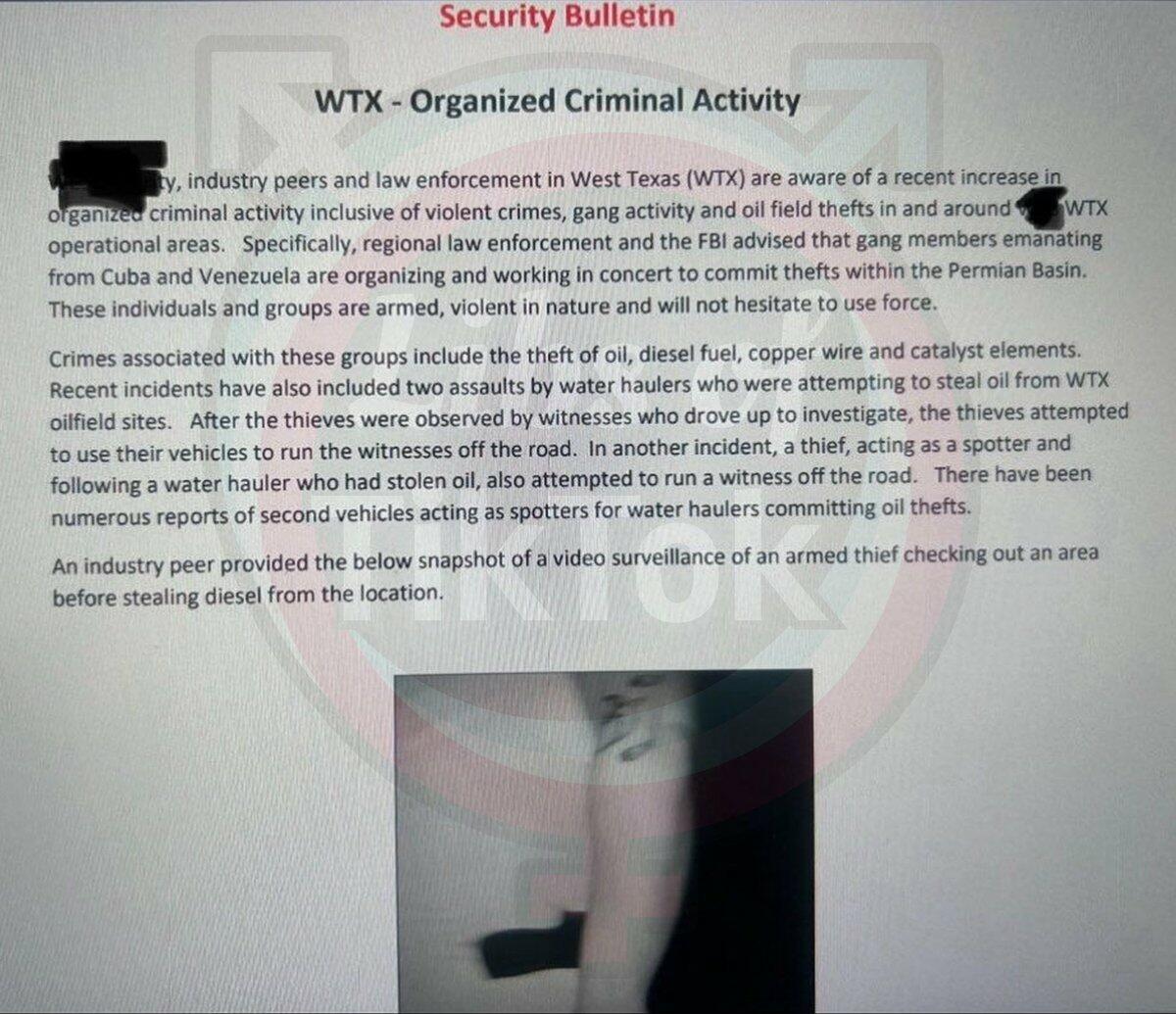A new study reveals that young patients treated with psychiatric medications receive potentially dangerous combinations with concerning frequency.
Researchers from Rutgers Health and other institutions recently analyzed New York State Medicaid records for more than 141,000 patients receiving any psychiatric medication. Nearly 400 of them had received at least one potentially dangerous combination for one month or longer. Doctors refer to these as severe drug-drug interactions, and their use is typically considered "contraindicated" (recommended against).
Senior study author Lawrence Kleinman, professor of pediatrics at Rutgers Robert Wood Johnson Medical School, cautioned that while some children whose illness is resistant to usual treatments may receive more benefit than the risk from the combination, "Good practice demands that patients and caregivers be informed of and assent to risks and benefits, including informing them that the intended pair of medications is typically contraindicated."
The study, published in BMC Primary Care, analyzed 2014 prescription data for New York Medicaid enrollees under 21. While the overall rate of these potentially dangerous combinations is small—about 3 in 1,000 children who filled any mental health medication prescription had at least one month of prescription overlap, and 5 per 1,000 had any overlap—these cases represent significant potential for harm or death. Kleinman noted that New York State Medicaid had previously implemented a program to reduce harmful drug interactions, suggesting numbers might be higher in other populations.
Polypharmacy (use of multiple medications) is very common, with nearly 38% of patients in the study filling two or more medications with at least one month overlap, generating more than 11,000 distinct drug combinations.
The study offered some reassurance: The most commonly filled mental health medications were stimulants typically used for conditions such as attention-deficit/hyperactivity disorder, and these were never combined with other drugs to create severe interaction risks. Most contraindicated combinations involved the antipsychotic drug ziprasidone, which can increase the risk of potentially fatal heart rhythm abnormalities such as QT interval prolongation or serotonin syndrome when paired with certain medications. Kleinman noted, "Because of this risk, the FDA has warned that ziprasidone should not be prescribed with other drugs that have demonstrated QT prolongations."
About 32% (364) of the 1,121 patients prescribed ziprasidone also received a contraindicated partner medication for at least 30 days. It rose to 54% when considering prescription overlap of any duration.
Other common risky combinations involved antidepressants such as fluoxetine (Prozac) and trazodone paired with various antipsychotic medications, risking life-threatening QT interval prolongation and serotonin syndrome.
Researchers analyzed prescription claims data for all New York State Medicaid enrollees younger than 21 in 2014, identifying 84 distinct behavioral and mental health medications. They flagged combinations with severe interactions according to established drug interaction databases.
The team examined different durations for overlapping prescriptions: one day, 15 days, or 30 days. Even at the 30-day threshold, 392 young patients received contraindicated combinations, rising to 651 for any overlap.
Contraindicated combinations were more common in adolescents and young adults than younger children, with no children under 6 receiving risky combinations. While boys were more likely to receive any mental health medication, there was no gender difference in potentially dangerous pair usage.
Of over 20,000 clinicians prescribing psychiatric medications, 386 prescribed at least one contraindicated pair. Most were psychiatrists rather than pediatricians, which Kleinman suggested may be because psychiatrists likely see patients with more severe mental illness.
Kleinman added that insufficient research into treating mental illness in children often left clinicians and families "flying blind."
Among the study's limitations was the age of its data. Prescribing patterns may have changed, especially post-COVID-19. Also, researchers couldn't determine if patients took all medications as prescribed or if prescribers and parents made intentional, informed decisions about risky combinations.
Nevertheless, Kleinman emphasized the need for ongoing monitoring of prescription patterns to prevent potential harm. He suggested health systems and insurers implement systems to flag these rare but concerning cases for review.
"We believe that our data and this methodology could serve as the beginning of such efforts," Kleinman said. "Ultimately, such ongoing monitoring could reduce harmful prescription combinations and medication-related adverse events."
More information: Laura M. Borgelt et al, Prevalence of contraindicated combinations amid behavioral and mental health medications filled in a pediatric population, BMC Primary Care (2024). DOI: 10.1186/s12875-024-02528-9
https://medicalxpress.com/news/2024-09-risky-combinations-psychiatric-drugs-young.html

